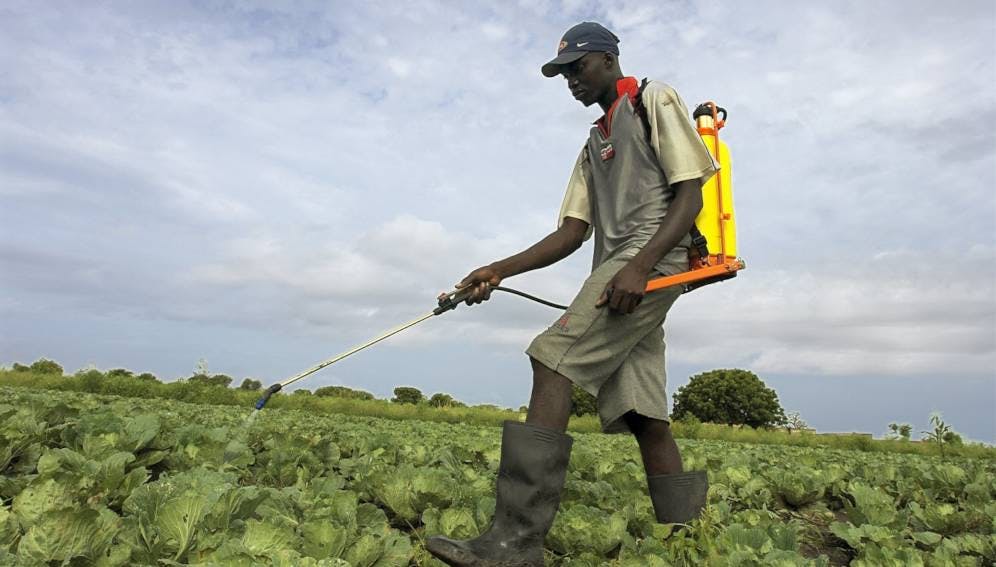
After a herbicide is applied, whether pre-plant incorporated, pre-emergence, or post-emergence, inside a polyhouse/structure, or to any other site, it has been introduced into the environment.
Applicators need to ask themselves a few important questions:
- Will the herbicide remain where it was applied or will the pesticide become mobile in the environment?
- How long will the herbicide remain viable or effective?
- What effect could the herbicide have on non‐target plants, animals, or other things in the environment?
To answer these questions, you must understand how herbicides move in the environment and the chemical properties that control movement. There are four basic chemical characteristics that control herbicide/pesticide movement in the environment: solubility, adsorption, persistence and volatility.
Solubility is a measure of the ability of a pesticide to dissolve in a solvent, usually water. The greater the solubility, the more readily the pesticide dissolves. Pesticides that are easily dissolved in water can move with water. Highly soluble pesticides are more likely to move through the soil and into groundwater or into surface waters, causing harm to unintended sites, plants and animals, including humans.
Adsorption is the ability of a pesticide to bind with soil particles. Adsorption occurs because the pesticide has an electrical attraction to the surface electrical charge of a soil particle, generally organic matter or clay particles. A pesticide that adsorbs to soil particles is less likely to move from the application site.
Persistence is the ability of a pesticide to remain in its original form, active and viable, before breaking down chemically to become inactive. A common measure of persistence in chemicals is referred to as the half‐life. Half‐life is the time it takes for half the original amount of chemical applied to break down. The longer the reported half‐life of a chemical or pesticide, the more persistent the chemical or pesticide is in the environment. Sometimes, persistent pesticides are desirable because they will provide long‐term pest control and reduce the need for repeated applications.
However, persistent pesticides can also cause later problems to unintended sites, plants, animals or humans if the persistent pesticides are also mobile in the environment. If you are using a persistent pesticide, it is very important to prevent unintended consequences due to improper handling, drift, runoff, erosion or leaching.
Volatility is a measure of the tendency of a pesticide to turn into a gas or vapour. Some pesticides are more volatile than others. Pesticides tend to volatilize more readily when temperatures are high, winds are high, and relative humidity is low at the application site. Pesticide movement as a gas or vapour is also known as “drift” and will be discussed in the next section.
Pesticide degradation occurs in three basic ways: Microbial action Chemical breakdown or degradation of pesticides by soil microorganisms, such as fungi, bacteria, etc.
Chemical degradation Breakdown of pesticide chemical components by inorganic methods (not by living organisms).
Photodegradation Breakdown of pesticide chemical components by reaction with sunlight. This is why many pesticide application instructions require incorporation of the pesticide in the soil, away from direct sunlight.